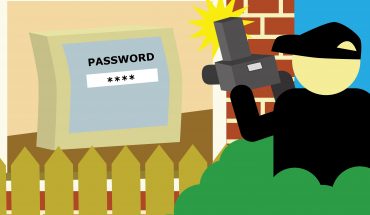Mason’s police department and Special Response Team lay out their active threat strategy
By Isabella LaMagdeleine, Staff Writer
As public shootings capture the attention of the nation, Mason’s responders are working hard to make sure that our campus and community remains safe.
The Special Response Team (SRT) is Mason’s form of SWAT, elite officers who are trained in how to respond to an active violent situation and situations that are non-lethal but still require medical attention.
To qualify to be a member of this team, interested officers have to have at least two years of experience within a police force, have a score of at least 90 percent during their first attempt at qualifying to use their issued duty weapon, qualify with a score of 100 percent on their assigned long gun, pass physical tests that prove their strength and abilities, and pass an oral panel interview board conducted by current members of the team.
“We pride ourselves on the great training all of our officers receive and this includes the members of SRT,” said Assistant Chief of Police Brian Cozby. “Chief Rowan and I are extremely confident that if our officers ever have to respond to an active violent situation, our officers would respond quickly, with confidence due to the training they have received and be able to remain professional at all times.”
Another team that is established to respond to a shooting on campus is the Campus Assessment and Intervention Team, which a number of different organizations within Mason are responsible for.
“The George Mason University Campus Assessment and Intervention Team is committed to improving community safety through a proactive, collaborative, coordinated, objective, and thoughtful approach to the prevention, identification, assessment, intervention, and management of situations that pose, or may reasonably pose, a threat to the safety and well-being of the campus community,” University Life’s Dean of Students Juliet Blank-Godlove stated.
The members of this group are professionals with diverse backgrounds, which allows them to approach these situations and their solutions in different and innovative ways according to Blank-Godlove. They have also been trained in campus threat assessment, giving them the ethical base knowledge needed to prevent safety issues before incidents occur.
Team members are not allowed to share any record of criminal activity or personal health information that they have received, and cannot use any personal records investigated beyond the purpose of analyzing potential threats to Mason and the surrounding community.
In the case of an emergency situation on Mason’s campus, Mason Police and SRT advocate for the “Run, Hide, or Fight” plan.
The plan suggests that, in such an incident, students should run away or hide in the safest area available. Students should fight back only as a last-resort if they are not able to flee or hide.
An advantage of this plan is that students know alternatives if there first response to a situation fails, and always have a backup plan in case they have exhausted all their options.
“Anyone finding themselves in an active violent situation must decide to do something,” Cozby said. “Understanding this could happen and having a plan can greatly increase your opportunity of survival.”
Another good tip to stay safe is to avoid eye contact. “The idea behind it, is that if you make eye contact with the threat, they may feel you are trying to intimidate them,” Cozby said. “Following orders and keeping your head down may keep the threat calm and less likely to invoke more violence.”
Photo Courtesy of Mason Creative Services



